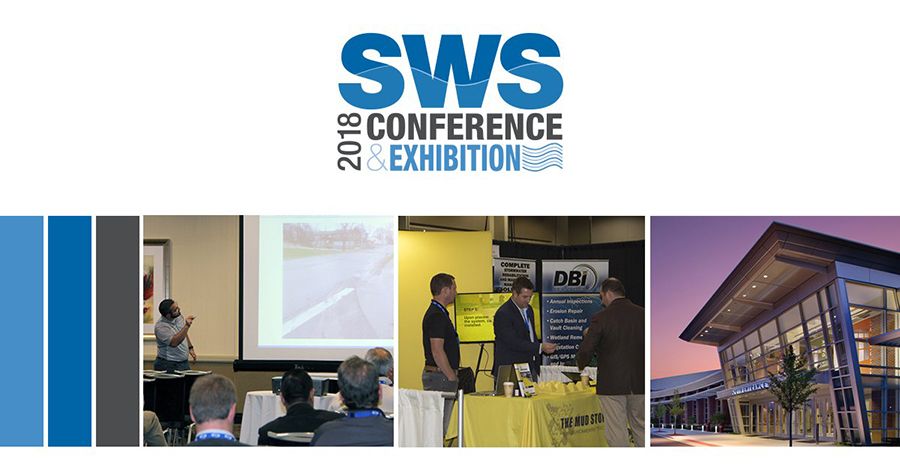A Multitude of Simultaneous Stormwater Projects Flow Together

The City of Denver and Colorado Department of Transportation (CDOT) entered into an Intergovernmental Agreement(IGA) to address long-term issues of storm water runoff, drainage and flooding that happens annually in north Denver neighborhoods.
The Platte to Park Hill Stormwater Systems is one of CDOT’s largest storm water undertakings in Denver’s history. The Platte to Park Hill Stormwater Systems consists of a series of four storm water projects: City Park Golf Course Redesign, Globeville Landing Outfall and Park, 39th Avenue Greenway and Open Channel, and Park Hill Detention. The Central 70 project is another project, adjacent to and in conjunction with the Platte to Park Hill Stormwater Systems, where CDOT is working to efficiently reduce flood risk.
CDOT’s Central 70 project, a project to widen and lower a portion of I-70 (PCL-Partially Covered Lowering) with added installation of a pipe system, will alleviate congestion and protect surrounding neighborhoods and the National Western Complex from flooding. The pipe system will also offer 100 year storm protection and improvement for 107 Acres of the surrounding Globeville and Elyria Swansea neighborhood and 193 acres north of I-70. Additionally, CDOT is constructing a fully operational 5-year storm conveyance system in time to run RTD’s FasTracks commuter rail line east of the National Western Complex, which sits at a low point of the Montclair Basin drainage area (the largest basin in Denver at 9.5 square miles).
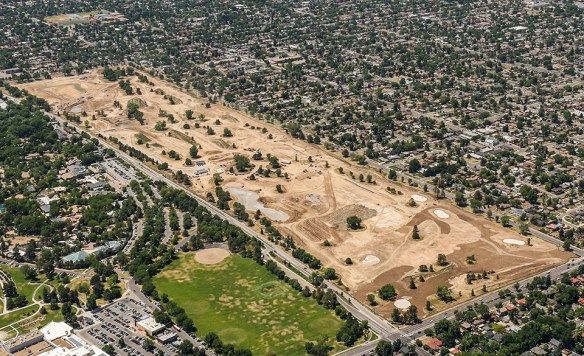
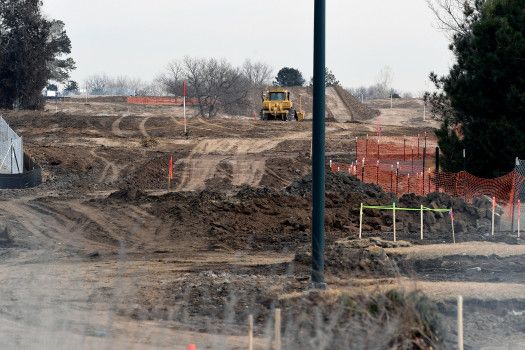
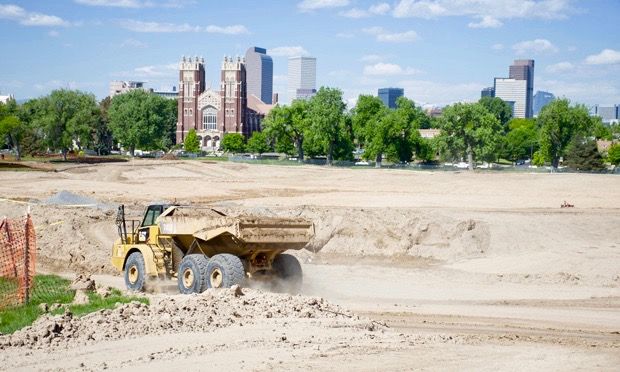
Project Overview: City Park Golf Course Redesign
The City Park Golf Course Redesign, one of the four essential Platte to Park Hill Stormwater Systems projects, was chosen for water detention due to the flood risk of thousands of surrounding homes and businesses, and because the golf course is hydrologically suitable being in the direct path of primary storm water flow.
City Park Golf Course sits in Montclair Basin. Montclair Basin acts as a floodplain (an area of low-lying ground adjacent to a river, formed mainly of river sediments and subject to flooding) for much of Denver. Montclair Basin did not initially have a surface route for water to escape, but both storm water detention and sustainable natural water treatment channel have been incorporated into the City Park Golf Course Redesign. These storm water features, located in the westerly portion of the course where a low point exists in Montclair basin, will slow and detain floodwaters, manage water quality of storm water runoff, divert drainage towards constructed surface routes, protect surrounding neighborhoods and the golf course from flood damage, and will minimize future downstream infrastructure costs. Water will travel from the golf course towards the 39th Avenue Greenway towards the South Platte River with outfall at Globeville Landing.
Saunders Construction Follows FODS Mass Excavation Mitigation Procedures
Knowing fugitive construction dust and debris cause temporary impacts, and that storm water runoff creates erosion and degradation of water quality during and after construction, Saunders Construction Inc. looked to Bowman Construction Supply and FODS LLC for best management practices surrounding mitigation procedures. Saunders Construction Inc., one of the Rocky Mountain region’s largest contractors along with Aspen Corporation, iCon Golf Studio, Advisor Hale Irwin, and Clubhouse Architect Johnson Nathan Strohe were commissioned to excavate, renovate and improve City Park Golf Course. Saunders Construction Inc. installed FODS Trackout Control mats as a temporary stabilized construction entrance before mass excavation at the City Park Golf Course Redesign began.
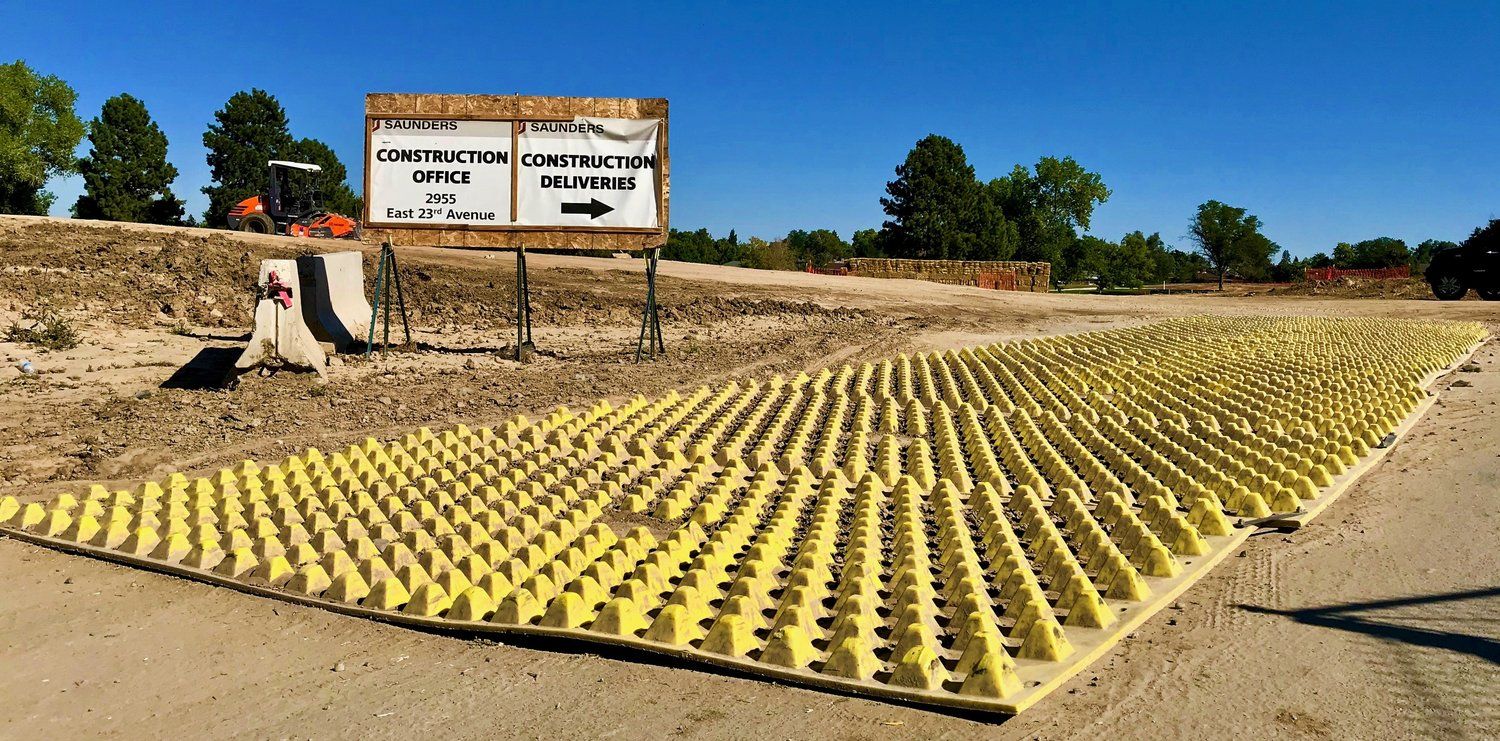
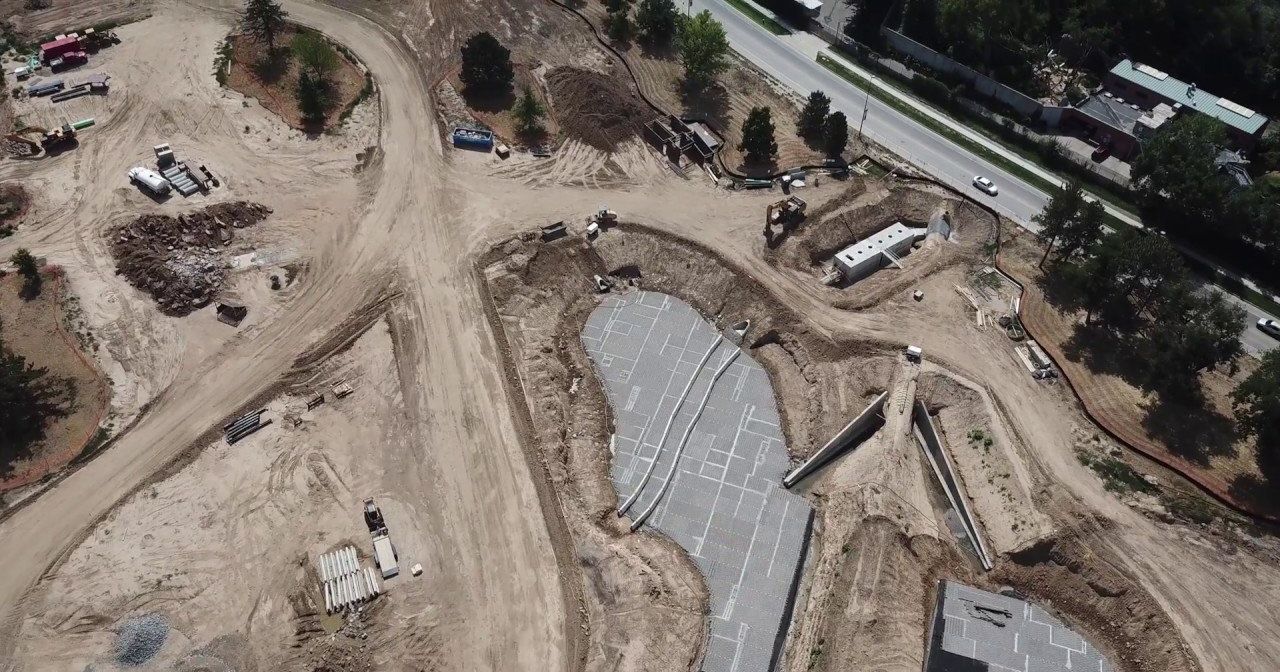

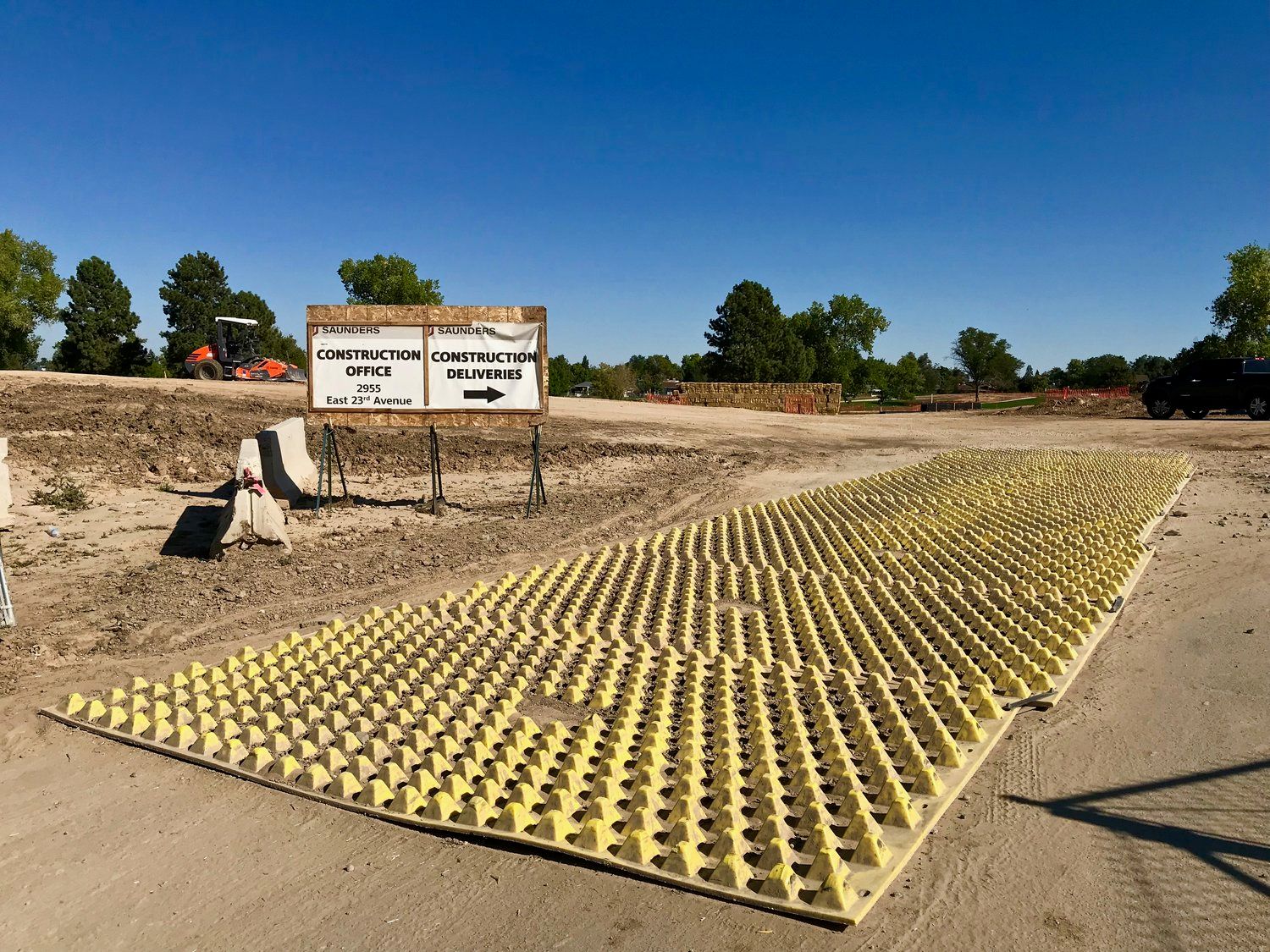

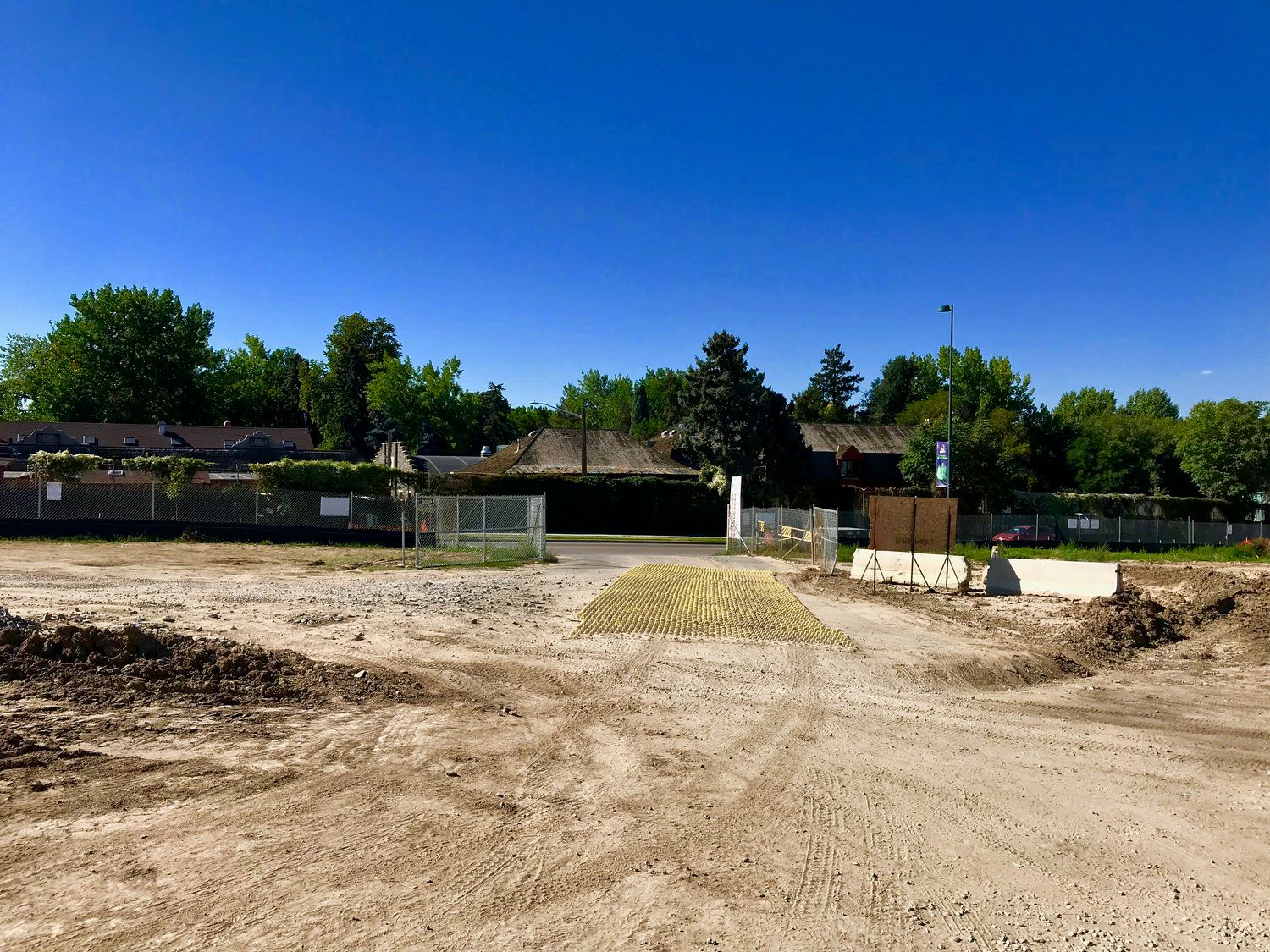
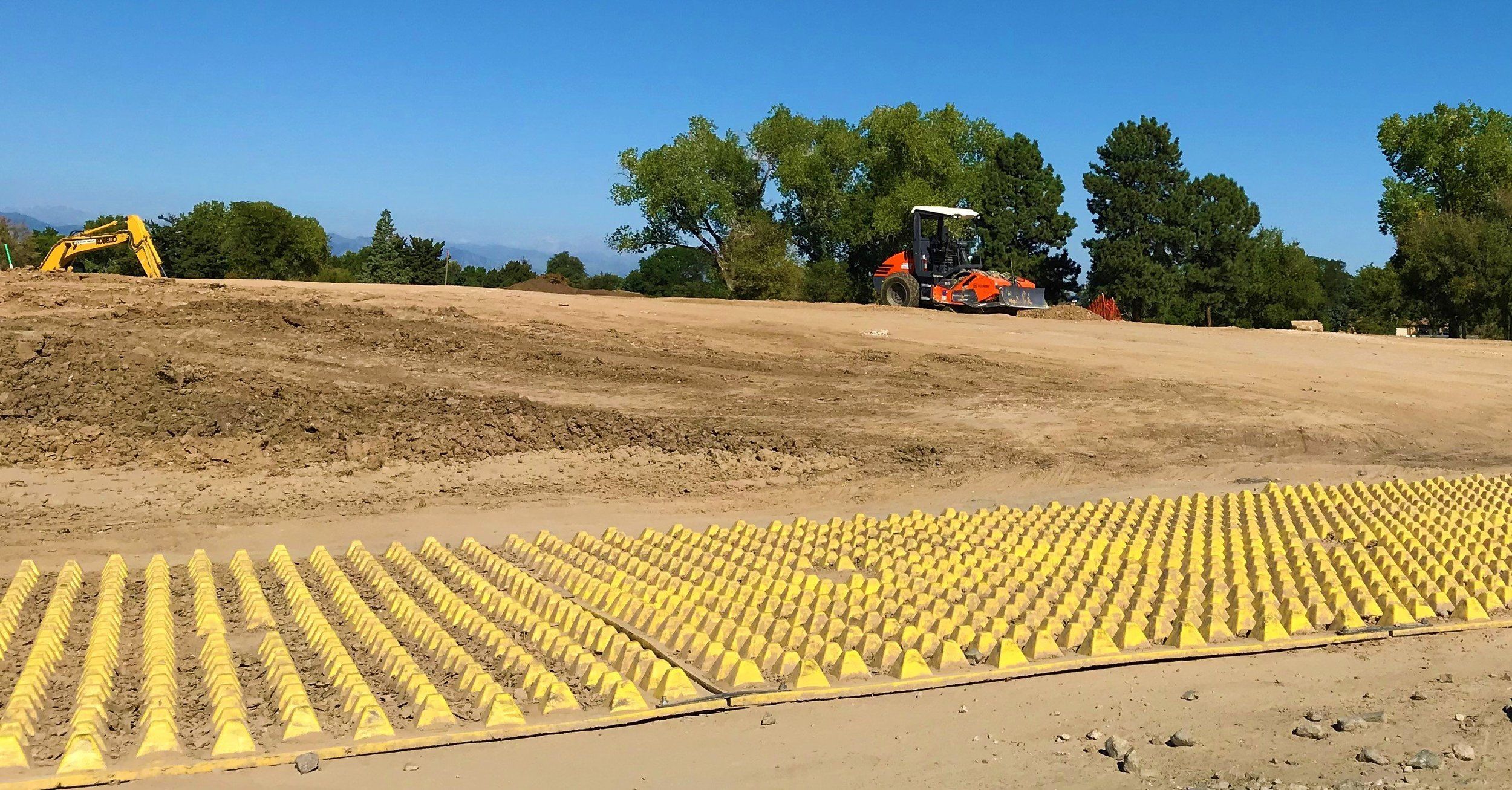
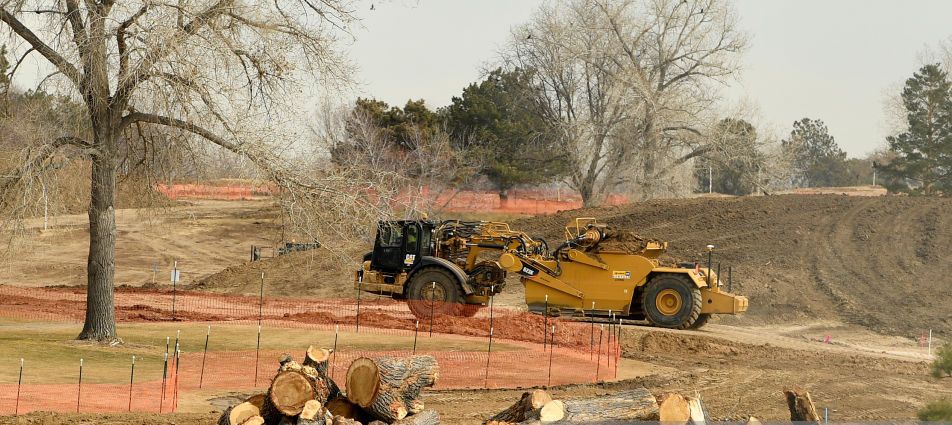
0/8
Installation Specifications
FODS Trackout Control System is installed using FODS twelve feet wide by seven feet long mats in the direction of travel, which link together to create a uniform composite trackout control system. FODS mats consist of staggered pyramid structures that force open tire lugs causing debris to fall out cleaning the entirety of the tires. Once the debris is removed from the tires, it falls to the base of the mat where it remains undisturbed by subsequent vehicles. Saunders Construction Inc. used FODS mats as a temporary construction entrance to the City Park Golf Course Redesign Project. The FODS Trackout Control excavation site entrance was arranged in a 12 feet wide in the direction of travel by 49 feet long configuration. FODS Trackout Control system for a vehicle tracking control system that can be customized for site location and purpose.
Best Management Practices
Overall, the Best Management Practice of using FODS Trackout Control Mats significantly reduced the amount of fugitive dirt and debris associated with Saunders Construction Inc. mass excavation project at City Park Golf Course. FODS Trackout Control System prevented mass amounts of dirt from being tracked onto public streets. FODS LLC delivered the promised benefits as a cost effective, rapid install, reusable, and durable environmental solution to Saunders’ Construction Inc. trackout control concerns.
About FODS
FODS, LLC is based in Denver, Colorado and is the manufacturer of FODS Trackout Control Mats. FODS mats offer the only cost effective and reusable replacement to traditional stabilized construction entrances which are typically constructed out of geo-fabric and a large amount of aggregate. Working among many industries such as construction, excavation, urbanization, drilling, fracking, mining, utilities, renewable energies, landfills, agriculture, trucking, airport, national parks, telecommunication, military, forestry, railroads, engineering, state and local government, FODS has successively shown an innovative solution to heavy equipment entrance and exit trackout.
Learn more about FODS Trackout Mats at www.getfods.com. Contact FODS: 844-200-3637 or Email: info@getfods.com
